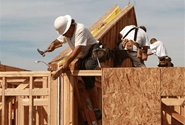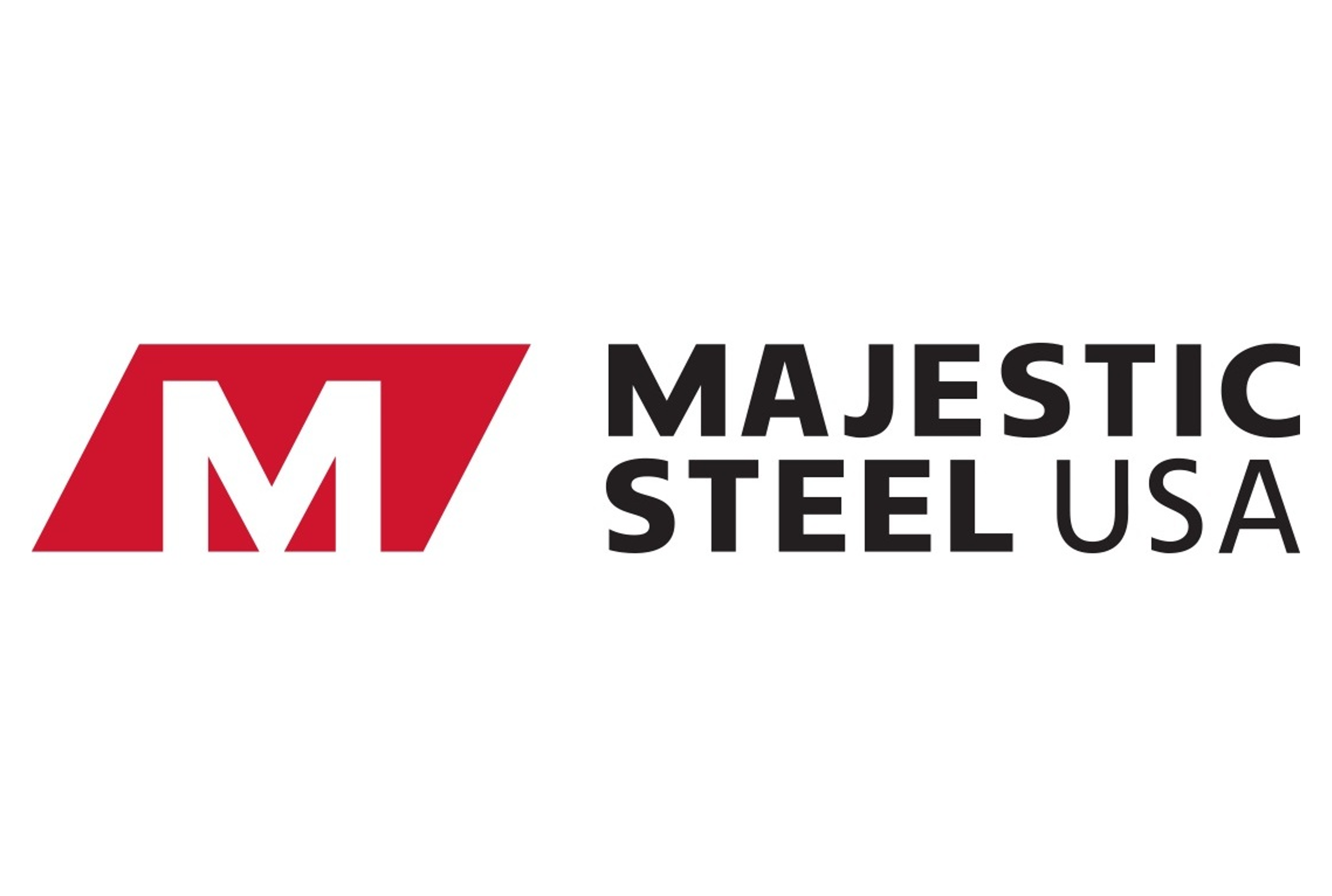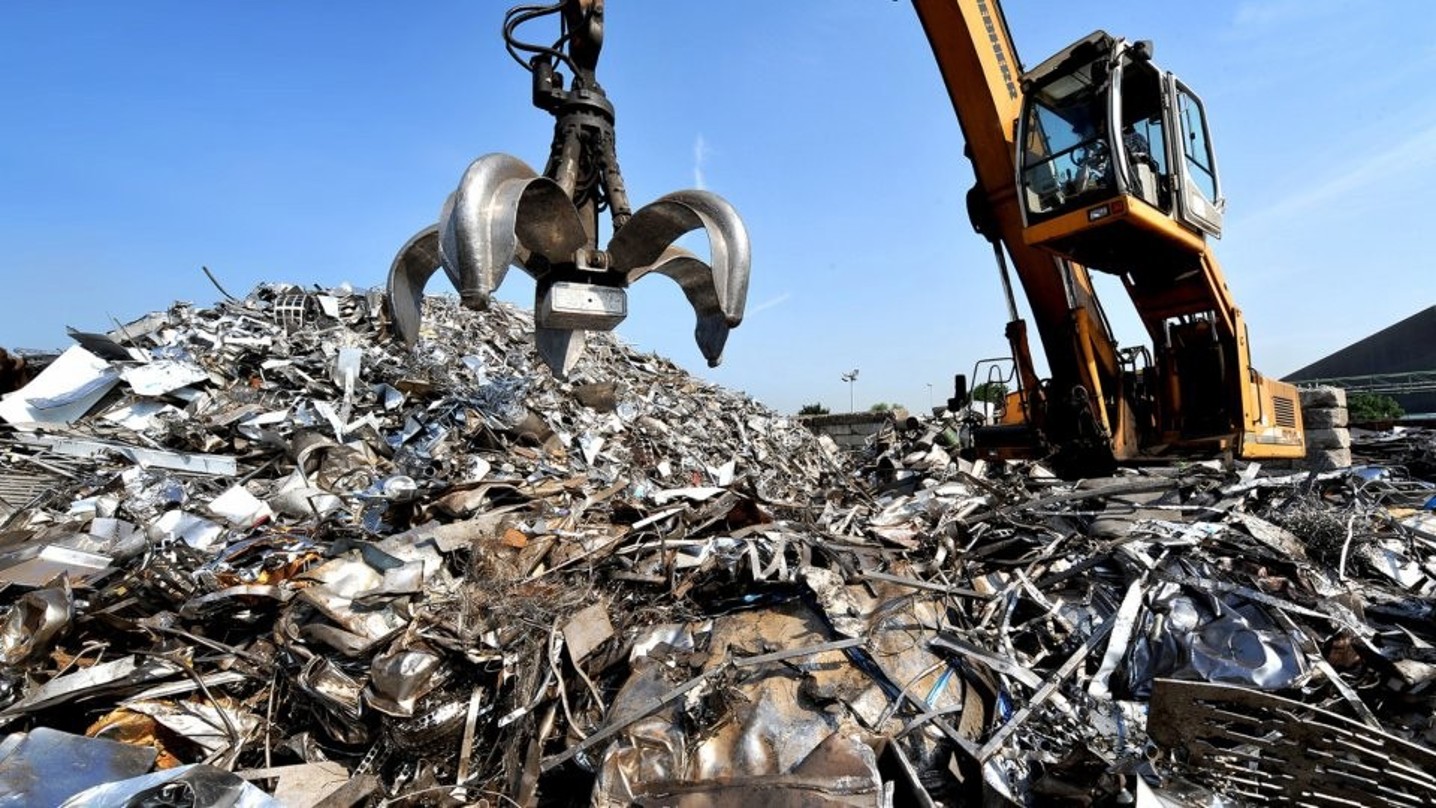Analysis

July 18, 2018
Residential Housing Starts Hit by Rising Material Costs
Written by Sandy Williams
Housing starts in June dropped 12.3 percent from May to a seasonally adjusted annual rate of 1,273,000. June starts were 4.2 percent below the level in June 2017.
A plunge in multi-family housing starts led the decline, falling 20.2 percent to a rate of 304,000 for buildings with five units or more. Single-family starts were down 9.1 percent in June to 858,000.
The decline was widespread across all regions: Midwest down 35.8 percent; South down 9.1 percent; Northeast down 6.8 percent; and West down 3.6 percent.
The National Association of Home Builders blamed higher material costs for the decline in residential building.
“We have been warning the administration for months that the ongoing increases in lumber prices stemming from both the tariffs and profiteering this year are having a strong impact on builders’ ability to meet growing consumer demand,” said NAHB Chairman Randy Noel. “This is why we continue to urge senior officials to take leadership and resolve this issue.”
NAHB Senior Economist Michael Neal agreed, adding that higher lumber and material costs are “making it more difficult to build homes at competitive price points, particularly for newcomers entering the housing market.”
Building permit authorizations, a predictor of future construction, fell 2.2 percent month-over-month and 3.0 percent year-over-year to a rate of 1,273,000. Single-family authorizations were down 0.8 percent and buildings with five units or more dropped 8.7 percent.
Permit authorizations fell in all regions except the South, which posted a gain of 6.2 percent for the month. Authorizations were down double digits in the Northeast and Midwest, at 16.4 percent and 18.7 percent, respectively. Authorizations in the West fell a milder 1.8 percent.
Neal added that June’s permit report “does not suggest a significant increase in housing production in the near term. However, consumer demand for single-family housing continues to increase as the overall economy and labor market strengthen.”







